 8f.jpg)
Carassius auratus auratus (Linnaeus, 1758)
Goldfish (Carassius auratus), historically considered as an ornamental species, is widely used as an important model organism for a wide variety of research applications, including biomedical research.For instance, it has proven a suitable model for studies on endocrinology, reproduction, and neurology. Studies on cardiac function and gut motility are other examples of biomedical research.
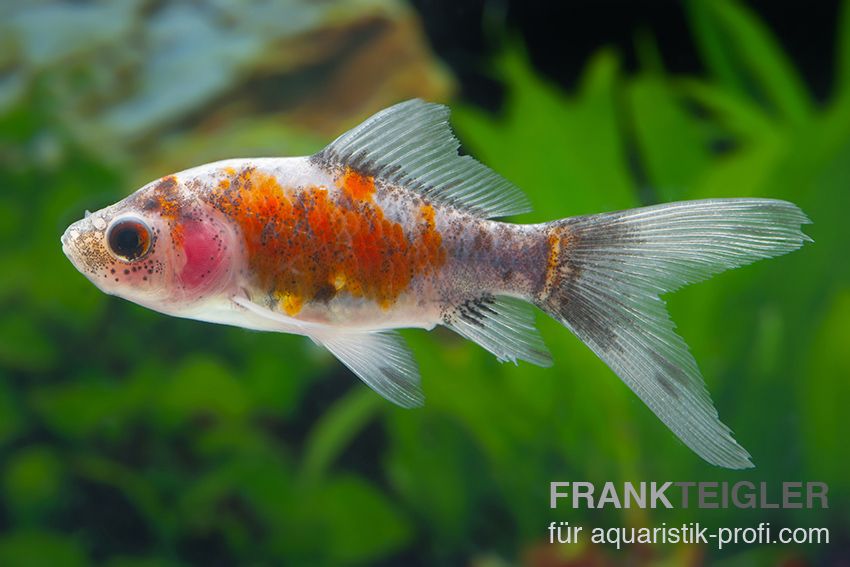
Goldfisch (Carassius auratus auratus) Steckbrief und Haltung
Carassius auratus is a primary freshwater fish with bisexual diploid and unisexual gynogenetic triploid lineages. It is distributed widely in Eurasia and is especially common in East Asia. Although several genetic studies have been conducted on C. auratus, they have not provided clear phylogenetic and evolutionary descriptions of this fish, probably due to selection bias in sampling sites and.

Carassius auratus ( Red cap )
Carassius auratus (Linnaeus, 1758) Common name: Goldfish. Taxonomy: available through. Identification: Carassius auratus has an elongated, stocky body. Not all individuals have the well-known bright gold color. Wild populations vary in color from gold to olive green or even creamy white. It possesses a long dorsal fin with 15 to 21 rays and a.
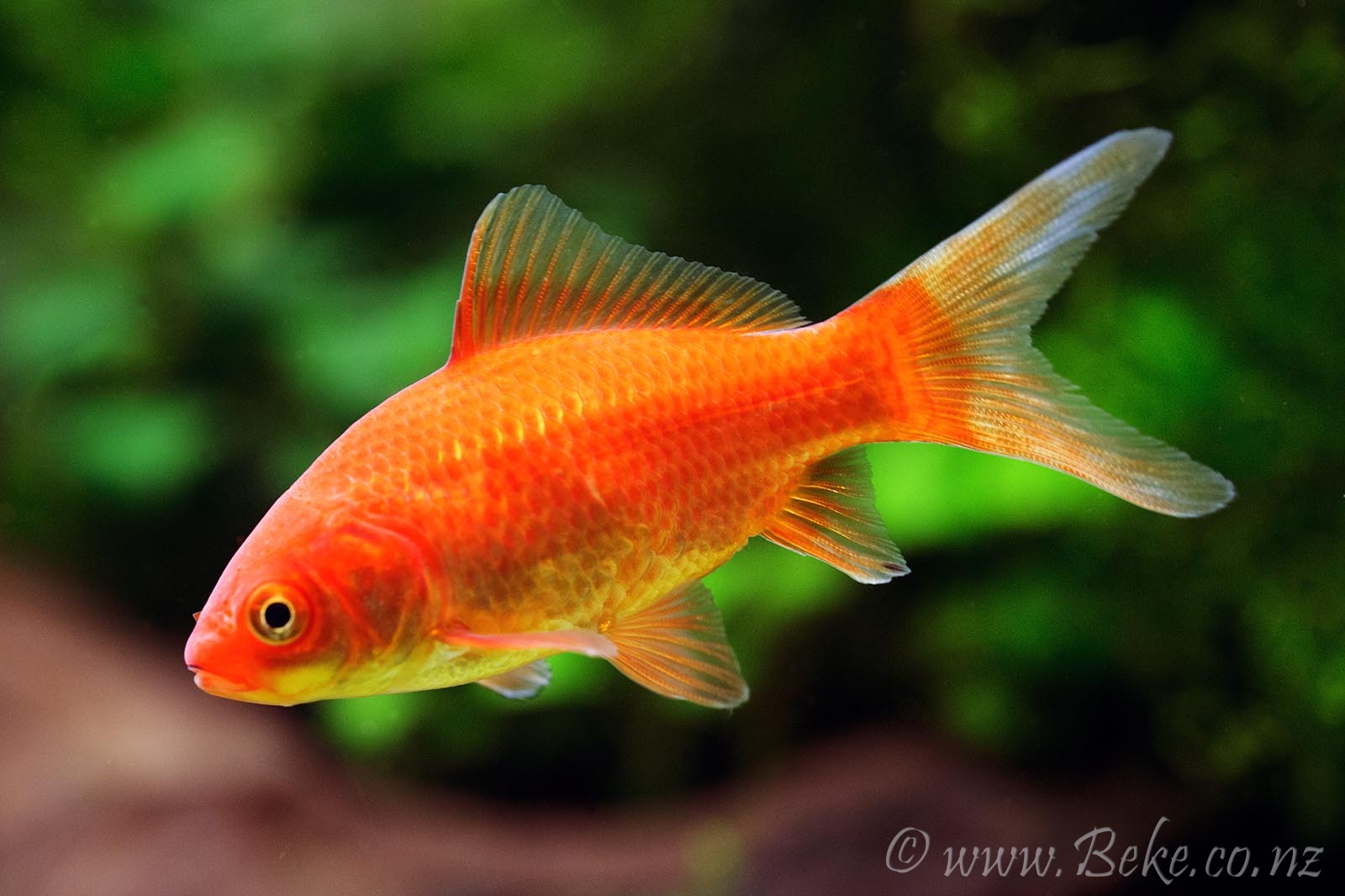
Carassius auratus Akvaristika i teraristika
Goldfish belong to the Cyprinidae family and the Carassius genus, and the scientific name is Carassius auratus.Carassius is derived from the Latin word karass, which is a name for the fish.Auratus means "gilded.". Biologists used to believe the goldfish was a subspecies of the crucian or Prussian carp, but it is now believed to be its own species.
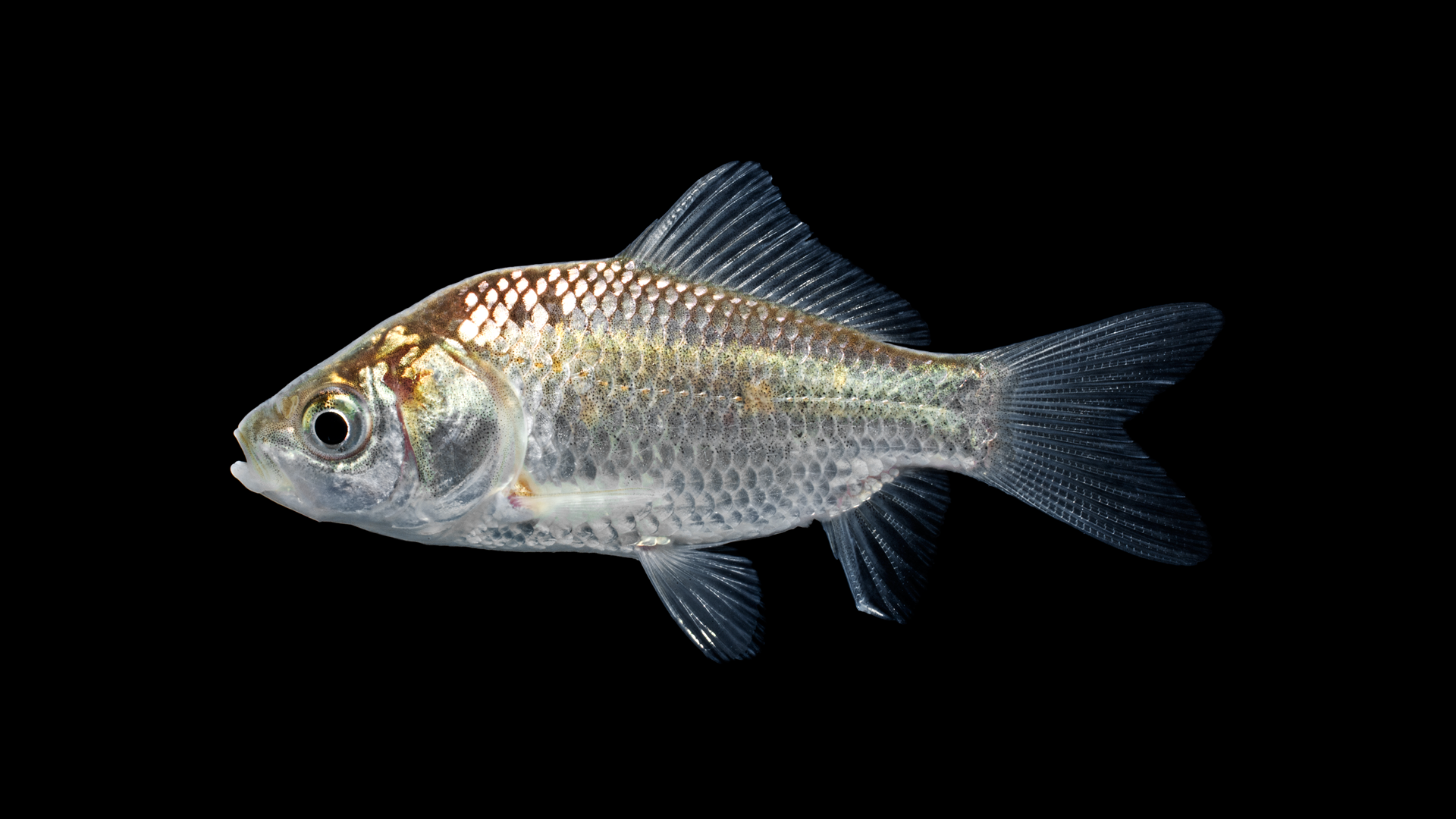
Carassius auratus »
Identification: Carassius auratus has an elongated, stocky body. Not all individuals have the well-known bright gold color. Wild populations vary in color from gold to olive green or even creamy white. It possesses a long dorsal fin with 15 to 21 rays and a hard serrate spine at the origin of the dorsal and anal fins.
 81f.jpg)
Carassius auratus auratus (Linnaeus, 1758)
To examine the phylogeographical pattern of the widely distributed genus Carassius across Eurasia and investigate the possible homoploid hybrid origin of the Carassius auratus complex lineage in light of past climatic events, the mitochondrial genome (mtDNA) and one nuclear DNA were used to reconstruct the phylogenetic relationship between the.

Carassius auratus Poisson Rouge, Carassin doré, Cyprin doré
Introduction. Since 1901, when Underwood first described the role of the goldfish Carassius auratus in destroying mosquito larvae, the use of this teleost in research considerably increased over the years.It now represents a largely used model organism in endocrinology (Blanco et al. 2018), cell biology (Choresca et al. 2009), immunology (Hanington et al. 2006), neurobiology (Portavella et al.

Lionhead goldfish, Carassius auratus auratus, young specimen before... News Photo Getty Images
Goldfish (Carassius auratus) are native to China, Korea, and Eurasia, but they have been widely introduced both deliberately and accidentally.They have been found in all states except Alaska, in at least 50 countries, and on all continents except Antarctica. US government agencies raised and distributed Goldfish to at least 37 states between 1878 and 1893 and populations are established in.

Zlata ribica Carassius auratus auratus MrPet.si
Carassius auratus. What do they look like? As there are over a hundred varieties of goldfish, coloration and physical characteristics vary greatly. The common goldfish has two sets of paired fins - the pectoral fins and pelvic fins, and three single fins- the dorsal, caudal, and anal fin. The head lacks scales.
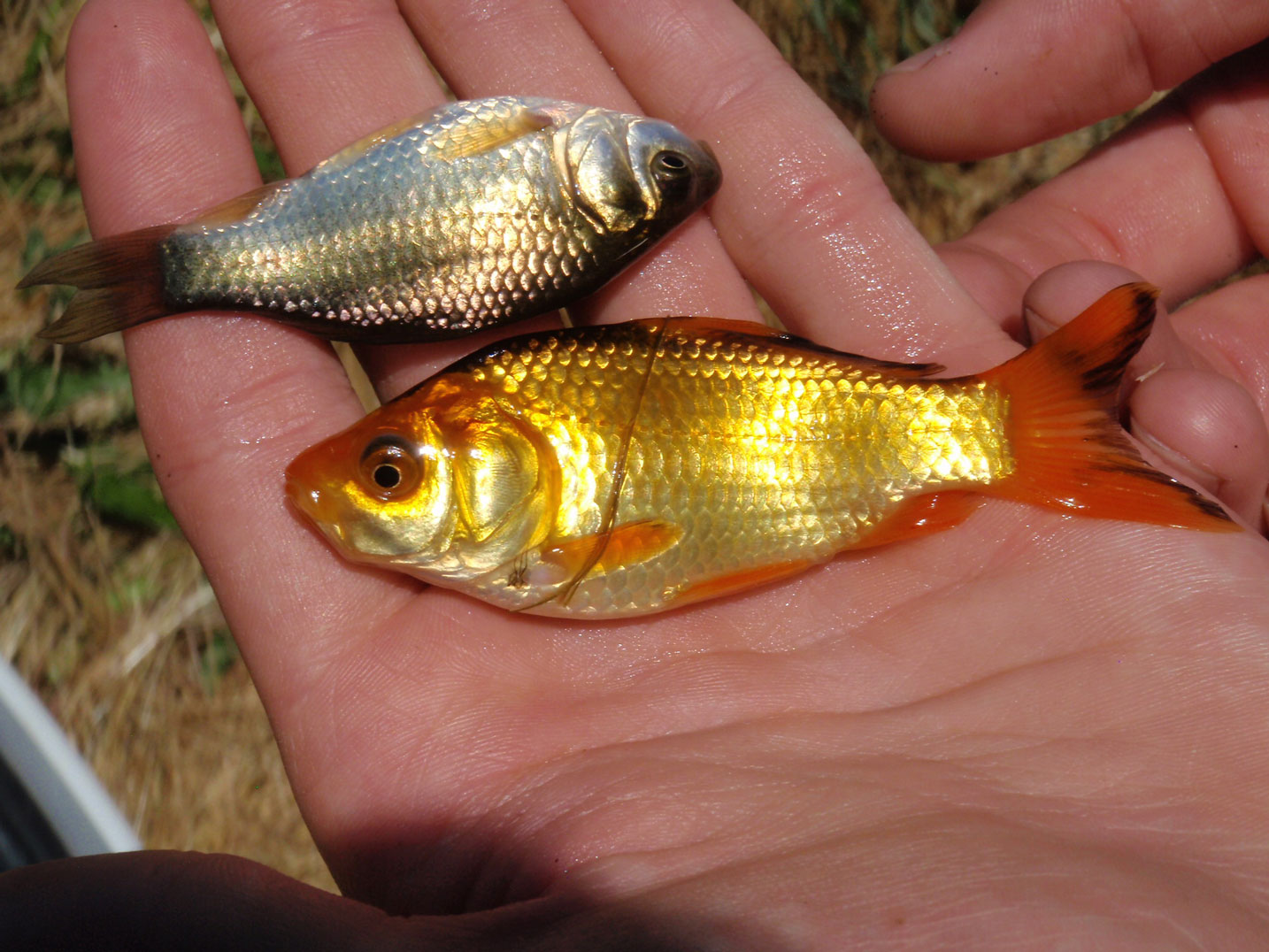
Carassius auratus (Linnaeus, 1758)
Carassius auratus auratus has been bred and raised for over 500 years. It was introduced into Japan and Europe in the fifteenth and eighteenth centuries, respectively. C. auratus auratus is an attractive aquaculture candidate for the aquarium trade and is extremely valuable commercially. In addition, it is commonly used as baitfish, as live.
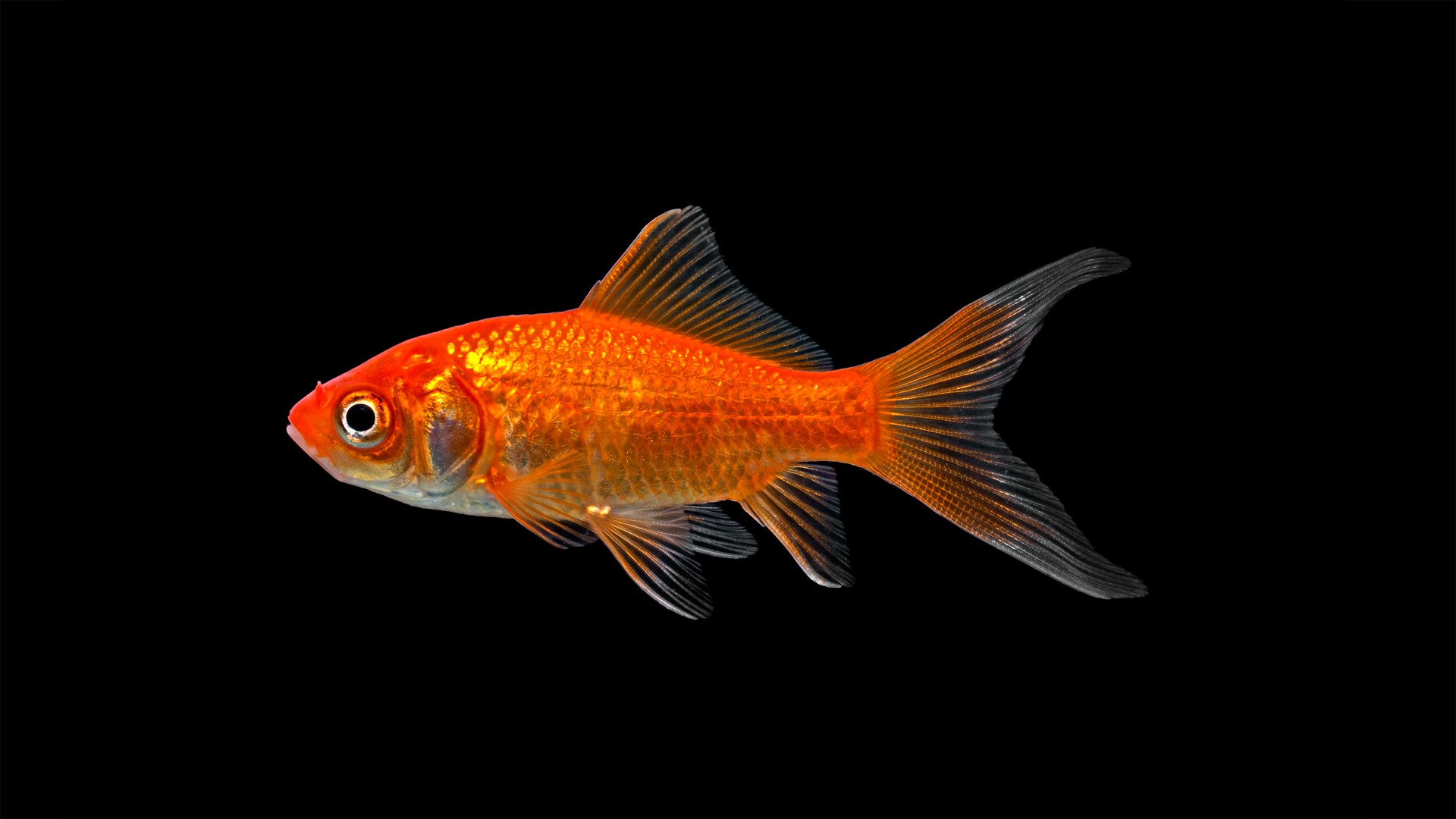
Carassius auratus »
Carassius auratus by Alexander Francis Lydon. The goldfish (Carassius auratus) is a freshwater fish in the family Cyprinidae of order Cypriniformes. It is commonly kept as a pet in indoor aquariums, and is one of the most popular aquarium fish. Goldfish released into the wild have become an invasive pest in parts of North America.
 96f.jpg)
Carassius auratus auratus (Linnaeus, 1758)
Teleostei (teleosts) > Cypriniformes (Carps) > Cyprinidae (Minnows or carps) > Cyprininae Etymology: Carassius: Latinization of , karass, karausche, European crucian carp (Ref. 45335); auratus: From the words carassius--Latin of karass (common name for these fishes in Eurasia) and auratus, meaning gilded (Ref. 10294). More on author: Linnaeus.
 49f.jpg)
Carassius auratus auratus (Linnaeus, 1758)
Geographic Range. Goldfish (Carassius auratus) originated in eastern Asia including China, Hong Kong, Korea, and Taiwan.From China, the range of this species expanded north to most of the world. Goldfish have been introduced in the United States in Kansas, the northern part of Oklahoma, Washington, New Mexico, and four of the five Great Lakes: Lake Erie, Lake Michigan, Lake Huron, and Lake.

Carassius auratus auratus Natural Atlas
Goldfish (Carassius auratus) were domesticated in ancient China from crucian carp (both are still considered the same species) (1-3), which is one of the most important farmed fish, with global aquaculture production of 3.096 million tons of crucian carp in 2018 ().The appearance of red scales on normally gray or silver crucian carp was first recorded during the Chinese Jin Dynasty (AD 265.

Cuidados Básicos De Los Carassius Auratus Acuario3web
Abstract. Goldfish, Carassius auratus Linnaeus, 1758, are immensely popular ornamental cyprinid fish, traded in more than 100 countries. For more than 500 years, human translocation has facilitated the spread of goldfish globally, which has enabled numerous and repeated introductions of parasite taxa that infect them.

Carassius auratus Akvaristika i teraristika
A high-density linkage map of goldfish (Carassius auratus) was constructed using RNA-sequencing. This map consists of 50 linkage groups with 8,521 SNP markers and an average resolution of 0.62 cM.